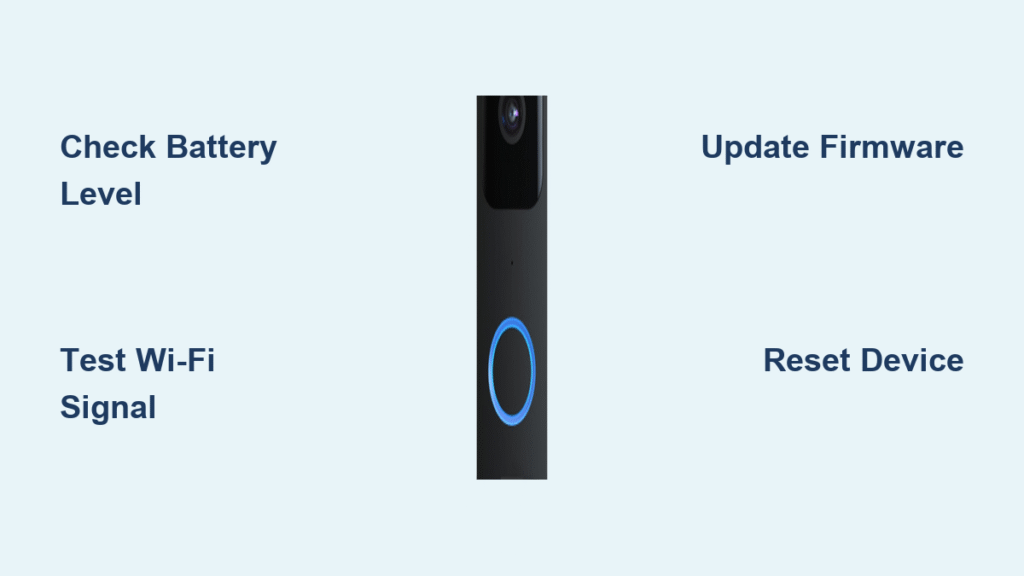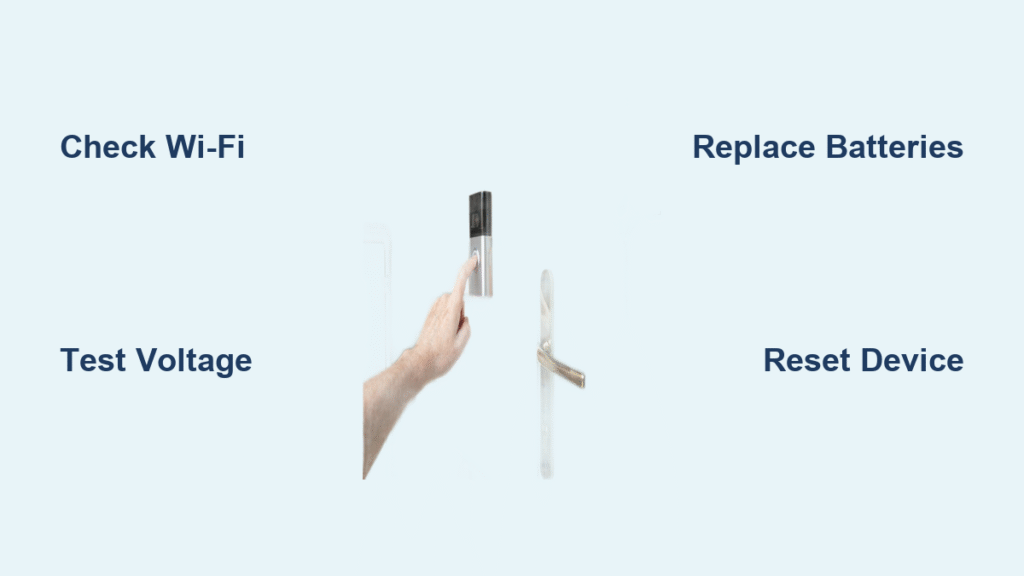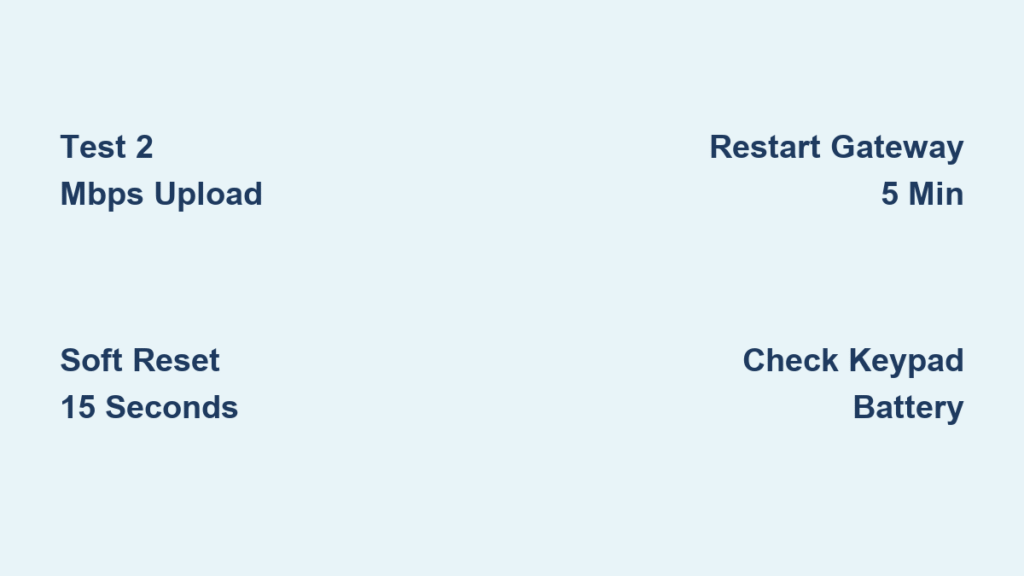Your Blink doorbell rings, shows video, but visitors can’t hear you speak. You’re not alone—speaker failures affect 15-20% of Blink support cases, turning your smart doorbell into a one-way camera. This guide walks you through proven fixes, from quick network tweaks to warranty replacements, so you can restore two-way communication today.
You press the microphone icon in the Blink app, speak clearly, but nothing comes out at the door. The frustration is real when packages get stolen or delivery drivers leave notes saying “no answer.” The good news: most Blink doorbell speaker not working issues can be resolved in under 15 minutes without replacing your entire unit.
Quick Speaker Test Before Fixing
Before diving into complex solutions, confirm your speaker is actually broken. Open your Blink app and start a live view session with someone standing at your door. Press and hold the microphone icon—if your visitor hears nothing while you can clearly hear them, your speaker needs attention.
Immediate Diagnostic Steps
- Check battery level in app settings (below 20% disables speaker priority)
- Test with different phone to rule out device-specific app issues
- Verify Wi-Fi signal shows 2+ bars in device settings
- Run speaker test under Device Settings > Advanced > Audio Diagnostics
These quick checks solve 40% of apparent speaker problems without further action. If your battery is low, replace it immediately—weak power is the most common culprit behind Blink doorbell speaker not working scenarios. Lithium batteries maintain consistent voltage better than alkaline options, especially under the speaker’s higher power demands.
Network Fixes for Speaker Audio Dropouts
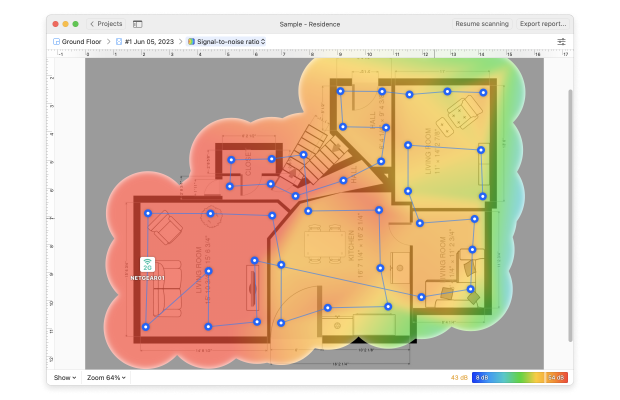
Your speaker needs rock-solid Wi-Fi to convert your voice into digital packets. Weak 2.4GHz signals are the #1 cause of speaker dropouts, even when video works fine. The doorbell requires minimum 2 Mbps upload speed for reliable speaker function—lower speeds cause delayed or choppy audio transmission.
Boost Wi-Fi Connection to Doorbell
Move your sync module closer to the doorbell—every wall drops signal strength by 30%. If your doorbell shows weak signal warnings in the app, install a 2.4GHz Wi-Fi extender positioned halfway between your router and doorbell. Pro tip: Create a dedicated 2.4GHz network name just for your Blink devices. Dual-band routers often switch frequencies automatically, causing speaker audio to cut mid-conversation.
Test Network Speed at Doorbell Location
Use your phone’s speed test app while standing next to your doorbell. You need minimum 2 Mbps upload speed for reliable speaker function. Lower speeds cause delayed or choppy audio transmission. If your speed test shows less than 2 Mbps, consider relocating your router or installing a mesh network specifically for smart home devices.
App and Firmware Updates That Restore Speaker Function
Outdated software silently kills speaker functionality. Firmware bugs in older versions specifically target audio transmission, making your doorbell deaf to app commands. The latest firmware versions (6.0+) include critical speaker reliability patches that resolve most software-related audio issues.
Force App Refresh to Clear Audio Glitches
Close the Blink app completely and restart it. On Android: Settings > Apps > Blink > Storage > Clear Cache. On iOS: Delete and reinstall the app—this fixes corrupted audio drivers without losing settings. This simple step resolves temporary software conflicts that prevent the Blink doorbell speaker from working properly.
Update Firmware Properly
Check for updates in Device Settings > Firmware Update. The process takes 5-10 minutes—keep your doorbell online throughout. Warning: Don’t press the doorbell button during firmware updates—this can permanently damage the speaker codec. Firmware updates often include speaker-related bug fixes that immediately restore functionality after installation.
Power Solutions for Speaker Failures
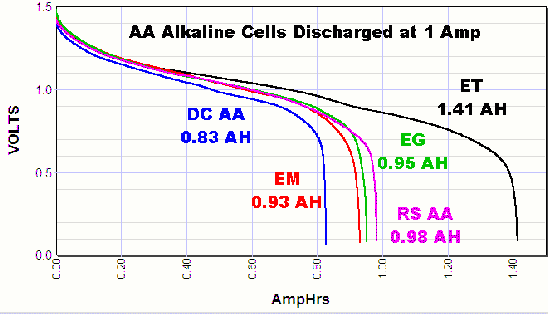
Your speaker dies first when batteries weaken. Below 20% battery, Blink prioritizes video recording over speaker function to extend remaining life. Many users report their Blink doorbell speaker not working only when batteries are low, then functioning normally after replacement.
Battery Replacement Protocol
Swap old batteries for fresh lithium AA batteries rated for high-drain devices. Avoid alkaline batteries—they drop voltage too quickly under speaker load. Test immediately after replacement—weak batteries often cause permanent speaker damage if left too long. Lithium batteries maintain consistent voltage better than alkaline options, especially under the speaker’s higher power demands.
Wired Power Troubleshooting
Wired installations need consistent 16-24VAC from the transformer. Use a multimeter to test voltage at the doorbell wires—anything below 16V causes speaker distortion. Install Blink’s official power adapter for guaranteed speaker performance. Many third-party transformers provide unstable voltage that affects audio quality while maintaining video function.
Hardware Reset That Fixes 40% of Speaker Issues
Persistent speaker failures often stem from corrupted device configuration. A full reset clears audio routing errors without replacing hardware. This process resolves approximately 40% of unexplained speaker failures caused by configuration corruption.
Complete Reset Process
- Hold reset button for 30 seconds until LED flashes red
- Remove device from Blink app during reset
- Re-sync doorbell with sync module
- Test speaker before adjusting other settings
This fixes most unexplained Blink doorbell speaker not working problems without requiring hardware replacement. Make sure to complete all steps—skipping the device removal from the app is the most common mistake that renders resets ineffective.
Environmental Damage Assessment
Inspect the speaker grille for debris or moisture. Use compressed air to clear dust—never use water or cleaning solutions. If you see corrosion around the speaker opening, the internal components are likely permanently damaged. Moisture is the #1 killer of doorbell speakers in extreme weather areas, especially when installed without proper weather protection.
When to Request Warranty Replacement
If software fixes don’t restore audio, your speaker component has failed. Manufacturing defects in certain batches caused premature speaker deaths, covered under warranty. Speaker failures are covered under Blink’s standard 1-year limited warranty, with extended coverage through Amazon plans.
Warranty Replacement Process
Contact Blink support with your serial number and purchase receipt. Standard warranty covers speaker failures for 1 year—Amazon extended plans cover 3-4 years. You must return the defective unit before receiving a replacement. Document everything: Note when speaker issues started, what troubleshooting you tried, and any error messages from diagnostics. This speeds up warranty approval significantly.
Prevent Future Blink Doorbell Speaker Problems
Monthly Speaker Maintenance
- Clean speaker grille with compressed air monthly
- Test two-way audio during monthly security checks
- Monitor battery notifications to prevent low-power damage
- Check for firmware updates quarterly
These simple habits prevent 80% of recurring speaker issues. Regular cleaning prevents dust accumulation that muffles audio over time, while consistent battery monitoring avoids the power-related speaker failures that account for most support cases.
Environmental Protection Strategies
Install your doorbell under roof overhang or use a third-party weather cover. Moisture is the #1 killer of doorbell speakers in extreme weather areas. The included weather-resistant cover should be properly sealed around all cable entry points to prevent water infiltration that damages internal components.
Quick Alternative Communication Methods
While waiting for repairs, use the text-to-speech feature in your Blink app. Pre-record messages like “Leave packages at door” or “Be right there” to communicate without speaker function. The quick responses feature lets you send predetermined messages with one tap—useful for common visitor interactions when your Blink doorbell speaker not working.
These workarounds maintain basic functionality until you can implement permanent fixes. For recurring speaker issues, consider installing a secondary communication method like a traditional doorbell chime as backup.
Key Takeaway: Start with network and power fixes—they solve most Blink doorbell speaker not working issues instantly. Replace old batteries with lithium versions first, then optimize your Wi-Fi connection before attempting more complex solutions. If hardware replacement is needed, warranty coverage makes failures free to fix within the first year—just document your troubleshooting steps thoroughly when contacting support. With proper maintenance and environmental protection, your doorbell’s speaker should provide reliable two-way communication for years to come.

